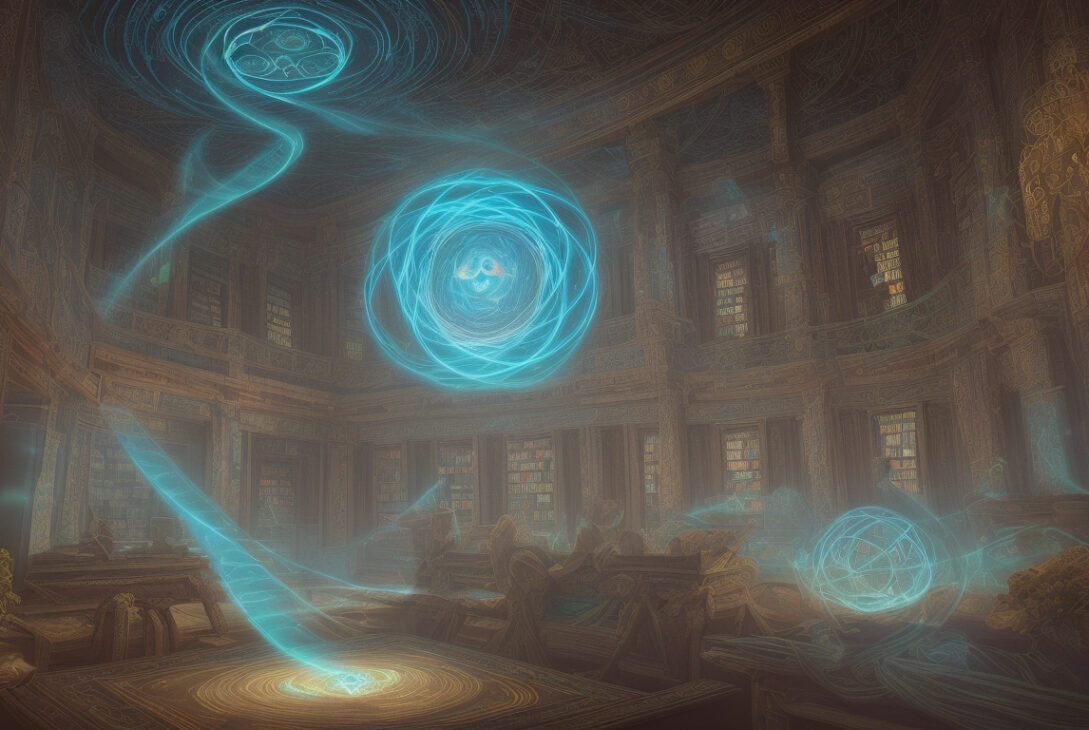Technology Unveils Lost Stories Concealed in Ancient Manuscripts
By Raúl Limón | September 6, 2025
In an intriguing intersection of history and cutting-edge technology, researchers are using artificial intelligence (AI) to reveal texts long thought lost beneath layers of ancient manuscripts. These documents, known as palimpsests, are old parchments where original writings were erased to accommodate new scripts, often erasing invaluable historical, scientific, and literary content in the process.
The Palimpsest of Archimedes: A Window into the Past
One of the most famous cases dates back to 1229 when priest Johannes Myronas repurposed 300-year-old parchment covered with Greek texts for his prayers. Unaware of the significance of the underlying writing, he erased it, cutting and folding the pages to fit his new text. Centuries later, around the year 2000, a dedicated team of over 80 experts at the Walters Art Museum in Baltimore undertook the formidable task of deciphering the hidden content.
After five years of meticulous work, the team unveiled a copy of Archimedes’ treatises, including The Method of Mechanical Theorems—a foundational text in both classical and modern mathematics. This discovery highlighted the immense historical and scholarly value concealed in palimpsests.
Advances in AI Accelerate the Decoding of Palimpsests
Building on such successes, a recent Spanish study published in the peer-reviewed journal Mathematics offers a new AI-driven formula for reading altered manuscripts. Traditional methods to recover texts use multispectral imaging, X-ray fluorescence, tomography, and computational analysis. While powerful, these techniques are expensive, time-consuming, and often yield only partial results.
Researchers José Luis Salmerón and Eva Fernández Palop explain that the problem lies in the internal and external damage palimpsests undergo—from mechanical wear to chemical and optical alterations. The AI model they developed employs machine learning and deep learning to generate synthetic data that simulates the various degradation processes affecting these documents.
This approach not only enriches the data available for analysis despite the scarcity and fragility of the originals but also produces superior results compared to conventional multispectral imaging. It can even operate using standard digital images, making it more accessible.
Broader Implications for Cultural Heritage and Beyond
This AI breakthrough extends beyond manuscripts. The Vatican Library, for example, houses texts where ancient biblical fragments were erased to inscribe new theological reflections. Similarly, Greek medical treatises concealed beneath Byzantine liturgies have been uncovered, hinting at a wealth of lost knowledge waiting to be rediscovered.
Salmerón, a professor of AI at CUNEF University in Madrid and director of the Stealth AI Startup, highlighted that the model’s adaptability means it can manage manuscripts written in various languages—including Syriac, Caucasic, Albanian, and Latin—with better results than traditional methods. The team has also made their algorithm publicly available, encouraging researchers worldwide to explore palimpsests more effectively.
Applications Beyond Historical Texts
The researchers note that the dual-network AI framework excels at interpreting cluttered, partially visible, or overlapping patterns—conditions commonly found in medical imaging, remote sensing, biological microscopy, and industrial inspection. Forensic investigations into images and documents could also benefit.
Furthermore, Salmerón points out its relevance in cybersecurity and the development of large language models for AI. By generating high-quality synthetic data that preserves privacy, organizations—especially those handling sensitive healthcare, financial, or customer data—can train machine learning models more securely and efficiently, marking a significant advancement in data management.
Challenges and Future Directions
Despite its promise, the model faces challenges. It struggles with extremely faded texts where contrast drops below 5%, making essential strokes indistinguishable from degraded parchment. Additionally, uneven representation of different scripts during training can bias AI results toward more common writing systems.
Nonetheless, the researchers view these limitations as opportunities for refinement and as motivation to extend their work into new domains.
A New Era for Lost Knowledge
The fusion of artificial intelligence with ancient manuscripts breathes new life into texts once thought irretrievably lost. As technology continues to evolve, more hidden stories from our past—and secrets from many scientific and cultural fields—may soon come to light.
For more in-depth news and analysis on technology, subscribe to EL PAÍS English Edition.










